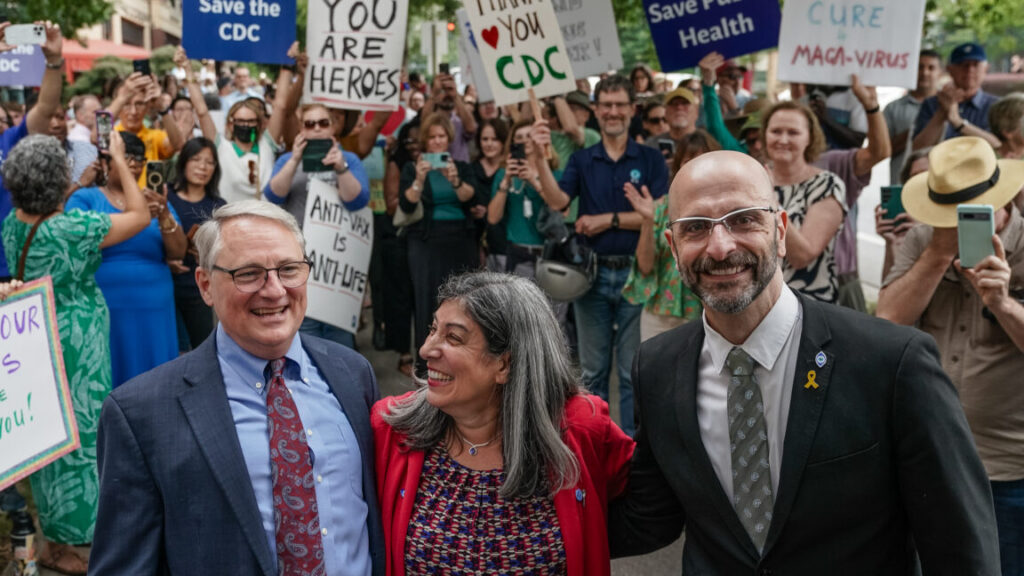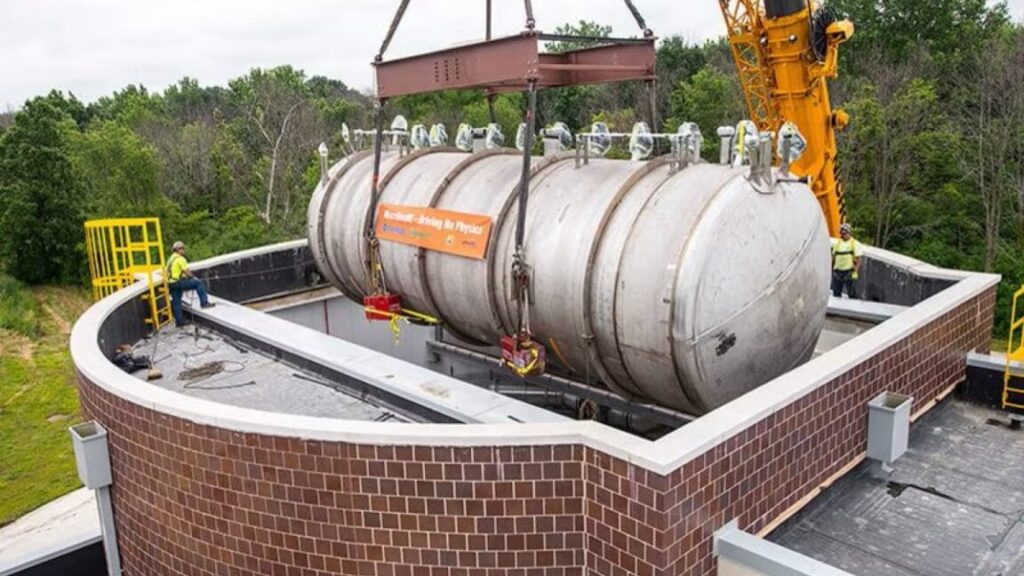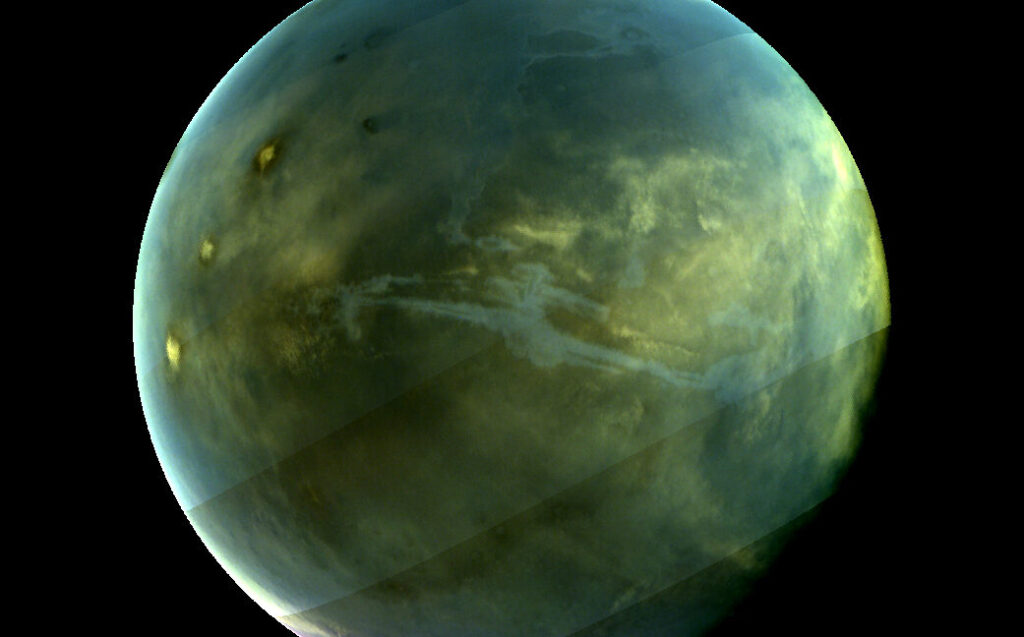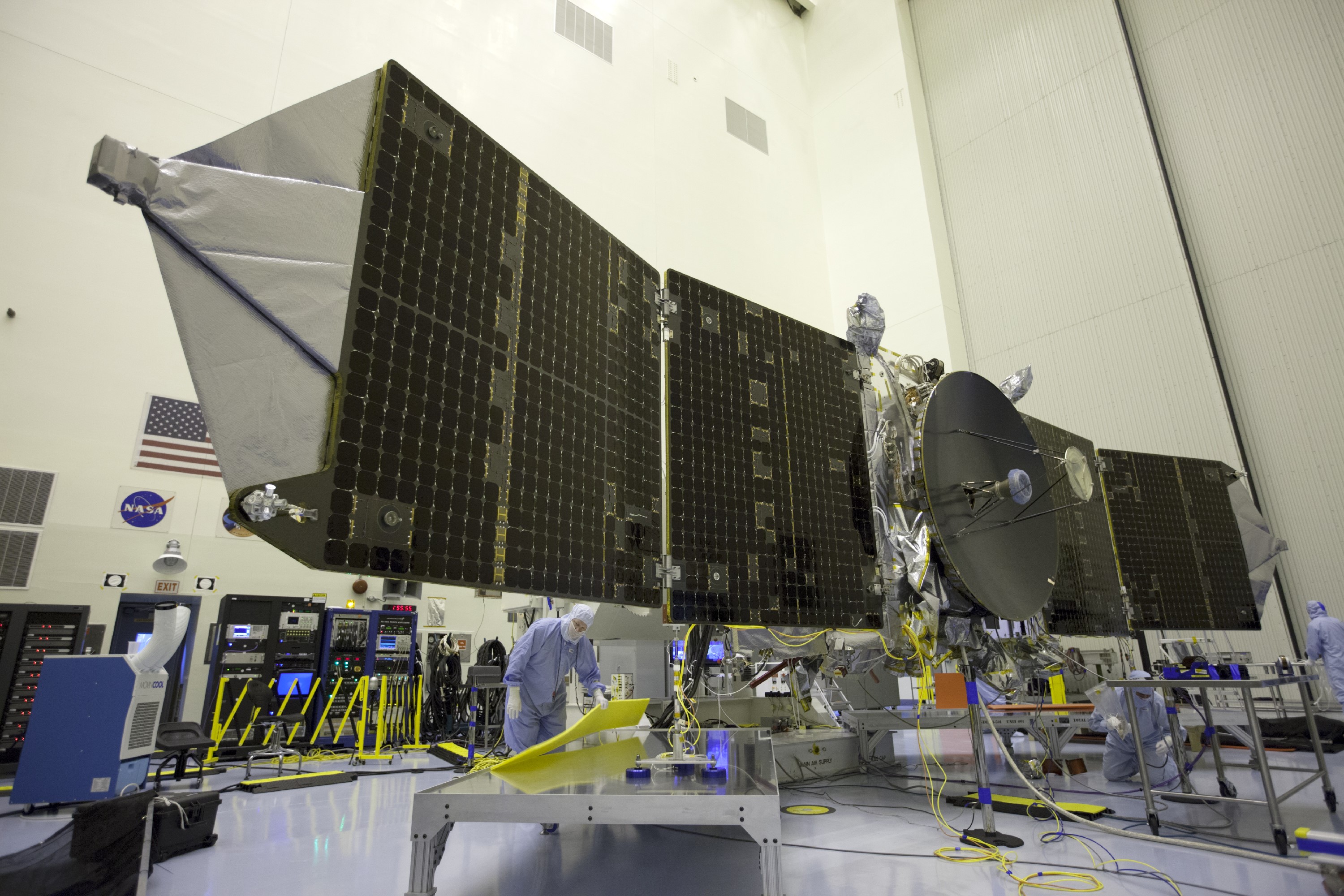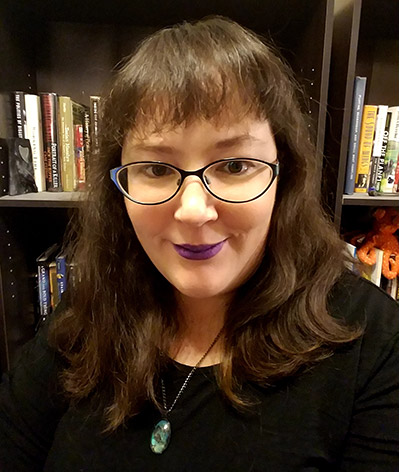Scientists built an AI co-pilot for prosthetic bionic hands
To test their AI-powered hand, the team asked intact and amputee participants to manipulate fragile objects: pick up a paper cup and drink from it, or take an egg from a plate and put it down somewhere else. Without the AI, they could succeed roughly one or two times in 10 attempts. With the AI assistant turned on, their success rate jumped to 80 or 90 percent. The AI also decreased the participants’ cognitive burden, meaning they had to focus less on making the hand work.
But we’re still a long way away from seamlessly integrating machines with the human body.
Into the wild
“The next step is to really take this system into the real world and have someone use it in their home setting,” Trout says. So far, the performance of the AI bionic hand was assessed under controlled laboratory conditions, working with settings and objects the team specifically chose or designed.
“I want to make a caveat here that this hand is not as dexterous or easy to control as a natural, intact limb,” George cautions. He thinks that every little increment that we make in prosthetics is allowing amputees to do more tasks in their daily life. Still, to get to the Star Wars or Cyberpunk technology level where bionic prostheses are just as good or better than natural limbs, we’re going to need more than just incremental changes.
Trout says we’re almost there as far as robotics go. “These prostheses are really dexterous, with high degrees of freedom,” Trout says, “but there’s no good way to control them.” This in part comes down to the challenge of getting the information in and out of users themselves. “Skin surface electromyography is very noisy, so improving this interface with things like internal electromyography or using neural implants can really improve the algorithms we already have,” Trout argued. This is why the team is currently working on neural interface technologies and looking for industry partners.
“The goal is to combine all these approaches in one device,” George says. “We want to build an AI-powered robotic hand with a neural interface working with a company that would take it to the market in larger clinical trials.”
Nature Communications, 2025. DOI: 10.1038/s41467-025-65965-9
Scientists built an AI co-pilot for prosthetic bionic hands Read More »


